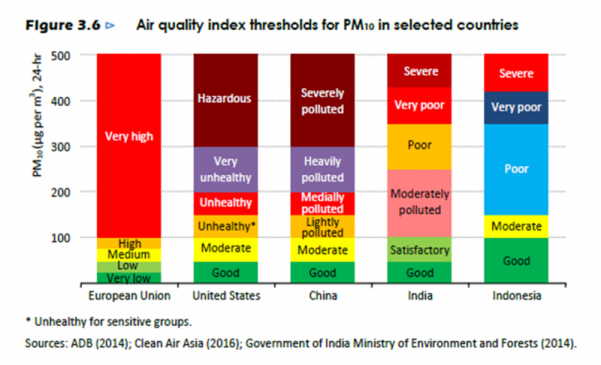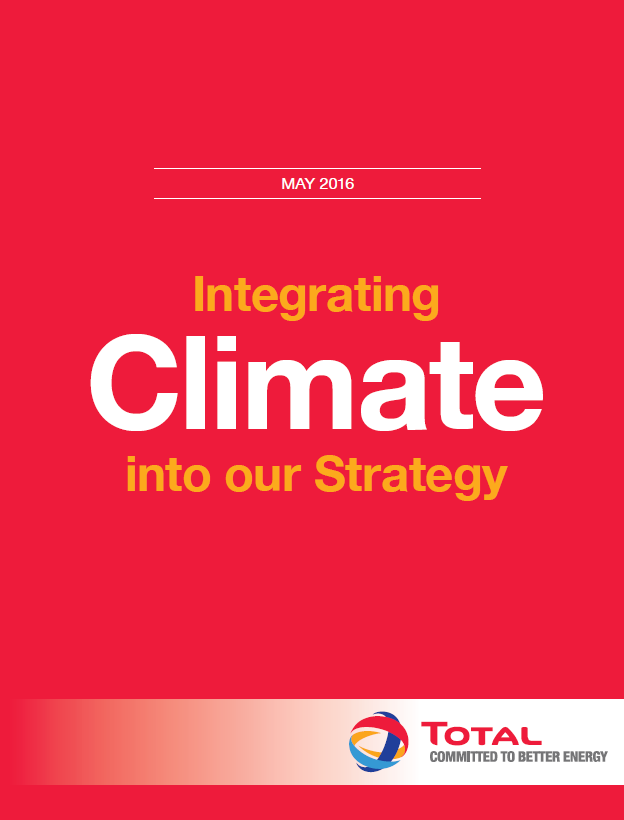by Shawna Ganley, CCCL contributor and former visiting scholar
 With the recent COP19 in Warsaw showing questionable progress towards a universal climate agreement in 2015 (as reported previously by CCCL), government procurement represents an uncontroversial way to achieve greenhouse gas reductions. The sheer size of government purchases in many countries—which amount to at least 15% of global GDP[i]—makes procurement a “low hanging fruit” for reducing carbon emissions. In the U.S. alone, the federal government is reported to be the world’s largest purchaser.[ii] A new white paper released by the Center for Climate Change Law (CCCL) studies federal procurement laws in the U.S., focusing specifically on whether U.S. federal agencies must, or may, take carbon emissions into account when purchasing products.
With the recent COP19 in Warsaw showing questionable progress towards a universal climate agreement in 2015 (as reported previously by CCCL), government procurement represents an uncontroversial way to achieve greenhouse gas reductions. The sheer size of government purchases in many countries—which amount to at least 15% of global GDP[i]—makes procurement a “low hanging fruit” for reducing carbon emissions. In the U.S. alone, the federal government is reported to be the world’s largest purchaser.[ii] A new white paper released by the Center for Climate Change Law (CCCL) studies federal procurement laws in the U.S., focusing specifically on whether U.S. federal agencies must, or may, take carbon emissions into account when purchasing products.
The U.S. federal government spends approximately $350 billion yearly on goods and services,[iii] which gives federal procurement policies the potential to wield this buying power to achieve secondary policies such as protecting the environment and promoting the market for sustainable consumer products. The new CCCL paper reviews the history of federal procurement since the Clinton Administration and particularly examines the degree to which agencies must purchase “green” products that minimize upstream environmental impacts, or otherwise have low embedded carbon. These policies are important because procurement preferences for sustainable goods can provide demand-side market incentives that may function as a catalyst to promote the development of green goods in the broader consumer market as a whole.
The white paper finds that, though federal procurement policy has put greater and greater emphasis on purchasing “environmentally preferable” products, these advances do not yet require agencies to purchase low-carbon products or to incorporate carbon lifecycle analysis into purchasing decisions. In 2007, President Bush expanded federal procurement policy by requiring federal agencies to “give preference…to the purchase of products that are more ‘environmentally friendly,’ ”[iv] but this policy did not focus on greenhouse gases. While the policy nevertheless reflected the importance of reducing carbon emissions and established a broad preference for a range of product environmental attributes—which could in theory encompass upstream supply chain impacts—the policy had limited impact. For example, in practice purchasing preferences for products with increased energy efficiency or reduced emissions were often evaluated from a “lifetime ownership” perspective, rather than a full cradle-to-grave analysis.
Building on this policy, President Obama’s 2009 Executive Order 13514 represents the most expansive mandate yet for green product procurement.[v] This policy is further bolstered by the requirement that federal agencies must report their carbon emissions, including indirect emissions, but currently agencies do not need to report greenhouse gas emissions from products they procure. As the CCCL white paper describes, although these are positive strides, the federal government can do more to clarify and expand its procurement policy to encourage and/or require lifecycle carbon analysis in federal procurement. Doing so would not only enable federal agencies to reduce their carbon footprint, but moreover could spur greater uptake of lifecycle analysis for products, which in turn could promote a wider consumer market for sustainable products.
[i] UNEP, Sustainable Public Procurement Implementation Guidelines: Introducing UNEP’s Approach (2012), p. 9 (reporting that procurement is typically 15% in developed countries and up to 30% in developing nations), found at: https://www.unep.org/resourceefficiency/Portals/24147/scp/procurement/docsres/ProjectInfo/UNEPImplementationGuidelines.pdf.
[ii] EPA, Environmentally Preferable Purchasing, found at: https://www.epa.gov/epp/pubs/about/about.htm. See also Alliance to Save Energy, Improving Federal Energy Management, found at: https://www.ase.org/resources/improving-federal-energy-management.
[iii] Id.
[iv] Office of the Federal Environmental Executive, Instructions for Implementing Executive Order 13423, pp. 15-16 (March 29, 2007) (“Instructions”), found at: https://www.whitehouse.gov/sites/default/files/omb/procurement/green/eo13423_instructions.pdf. See also Notice of Availability of E.O. 13423 Implementing Instructions, 72 Fed. Reg. 33504 (June 18, 2007) (referencing OFEE Instructions at www.ofee.gov).
[v] Executive Order 13514, Federal Leadership in Environmental, Energy, and Economic Performance, Sec. 2(h), 74 Fed. Reg. 52117 (October 8, 2009).
Photo courtesy of Tax Credits




